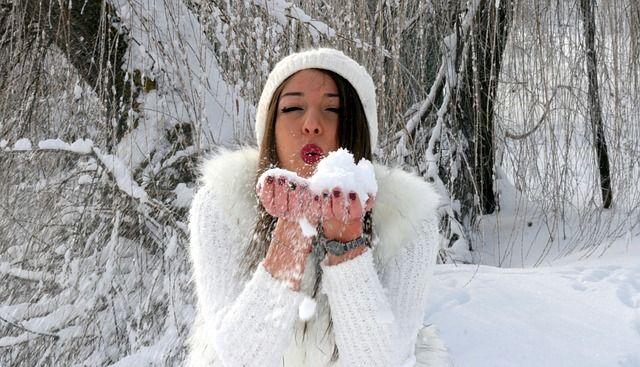WHO WILL MARRY ME?
The Hungarian Valentine’s Day: St. Andrew's Day (30 November)
Hands up who know the following traditions. The Hungarian traditional St. Andrew’s Day has some common aspects with Valentine’s Day. In Roman times, on 15 February, the feast of Lupercalia was celebrated and after Romans were converted to Christianity, the holiday was moved on 14 February and got the name, St. Valentine’s Day. The Roman girls drew the names of their future lovers from a clay jar (when Lupercalia was celebrated), Hungarian ones got to know their future husbands’ names from floating doughs.
Would you like to know who will marry you? Today it is possible – at least, according to some Hungarian customs.

St. Andrew's Day is celebrated not only in Hungary but also in several other countries like Austria, Germany and Poland. Saint Andrew is the patron saint of many nations, such as Scotland, Romania, Russia, Ukraine or Greece.
In Hungary, he is known as the matchmaker saint (like St. Valentine but his story is different) because on the closest Sunday to 30 November, the priests read loudly the names of the couples who got married during the course of the year. On the other hand, it roots in pagan traditions: this day is the most suitable for “love spells and magic”.
The Hungarian settlers met the Eastern Christians on their way to the Carpathian Basin. The “Hungarian magicians”, traditionally called shamans regarded themselves as the guardians of St. Andrew’s faith. The historians say it is the reason why crosses were found in the tombs of Hungarian settlers (Hungarians were not Christians that time). The first Hungarian Christian churches were built in the honour of St. Andrew.
In Scotland, where Saint Andrew's Cross (a diagonal cross), the so-called “Saltire” is on the national flag, 30 November has been an official national day since 2007. Scots celebrate the feast with traditional music, dance and traditional Scottish dishes. 30 November is the first day of the Scottish winter festivals and followed by Hogmanay (which is similar to New Year’s Day) and Burns Night, the latter holiday is in honour of the poet, Robert Burns, whose birthday is on 25 January.

The magic which reveals the name of your future husband
Although different customs exist in Hungary, Austria, Slovakia, Romania, Poland and Germany, the superstitious belief is the same: the name or the profession of the future husband of a girl can be revealed this day.
Some Hungarian traditions
Tradition 1: Would you like to dream about your future bridegroom? If a girl keeps Lent this day, she may have a dream about her future husband but only if she has stolen a man’s underwear and put it under her pillow beforehand. The magic is more powerful if she keeps Lent meanwhile, however, it is not necessary. As the Hungarian saying goes: “If one keeps Lent on St. Andrew's Day, at night she can see her fiancé!” Do not forget to say before falling asleep: “I am shaking my pillows and waiting for St. Andrew, may he find my future bridegroom.” (Note: Somewhere the magical night is the very night before 30 November, that is, 29th.)
Tradition 2: Pour melted lead into water and you will see the occupation of your future husband from its shape. In some countries, casting lead was a method for foretelling the future. The Polish girls also know a similar tradition. They pour the hot wax of a candle into cold water through a keyhole: the future husband’s profession is revealed by studying the form of the wax.
Tradition 3: Cooking doughs used to be a popular tradition as well as a good fun among Hungarian girls. Write male names onto little pieces of paper and place them into the doughs before cooking them then pay attention to the one which floats to the surface of the water because it will reveal the name of your future husband. In a Hungarian town, Makó this custom varied: friends (both girls and boys) placed their own names into the doughs. The one whose dough floats to the surface first, will get married the first.
This is a folk custom not only in Hungary but also in Slovakia and some parts of the Czech Republic (in the latter one, the dough is called halušky).
In Hungary and as well as in many countries, there are a lot of traditions connected with St. Andrew’s Day. All of them are good for having fun during the cold winter days.
TUMAG – The Magazine for Conscious People wish you a lovely St. Andrew’s Day.

Translated by Barbara Káli-Rozmis
Read it in Hungarian: Kihez megyek feleségül?
Photo Credits: Pixabay 1, 2, 3



